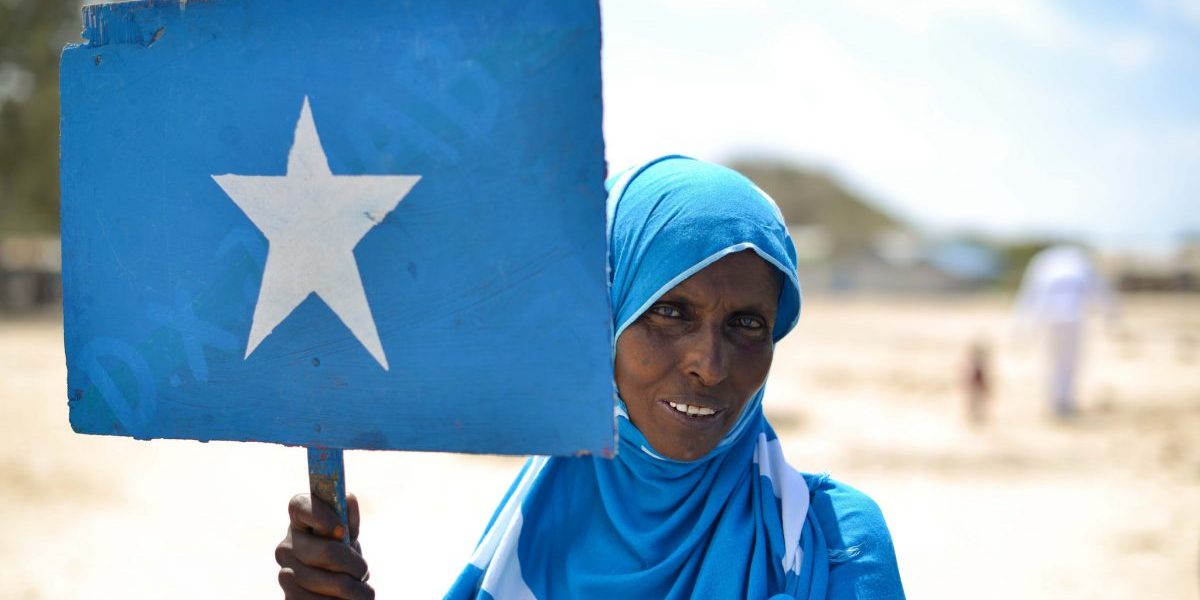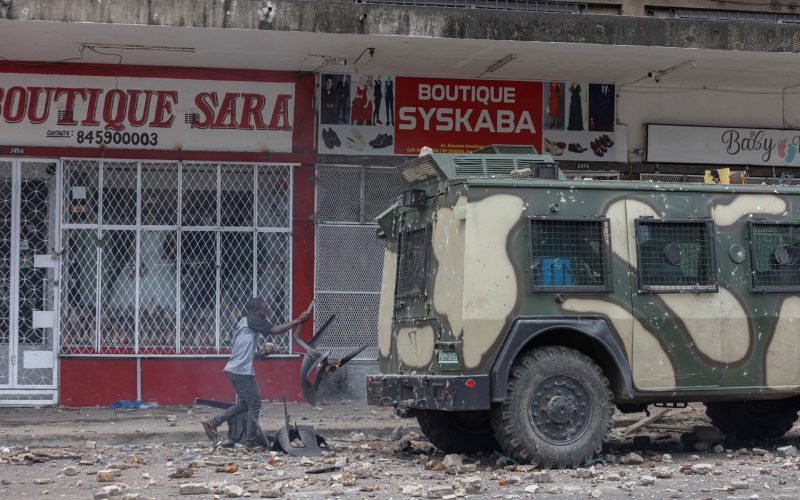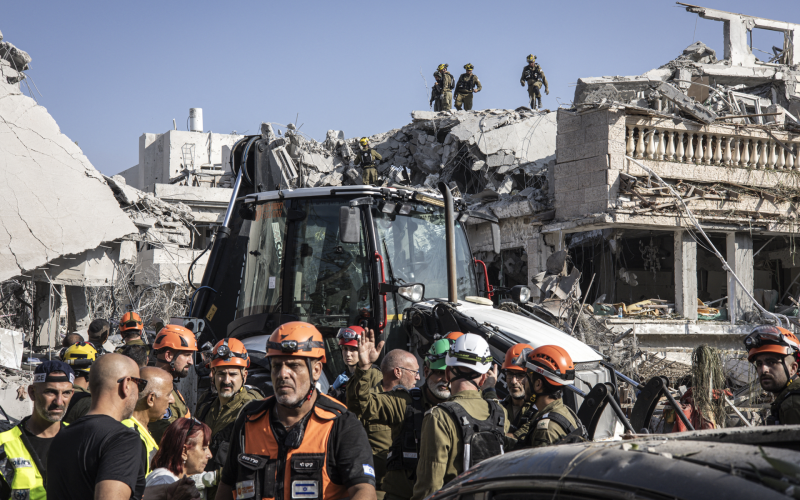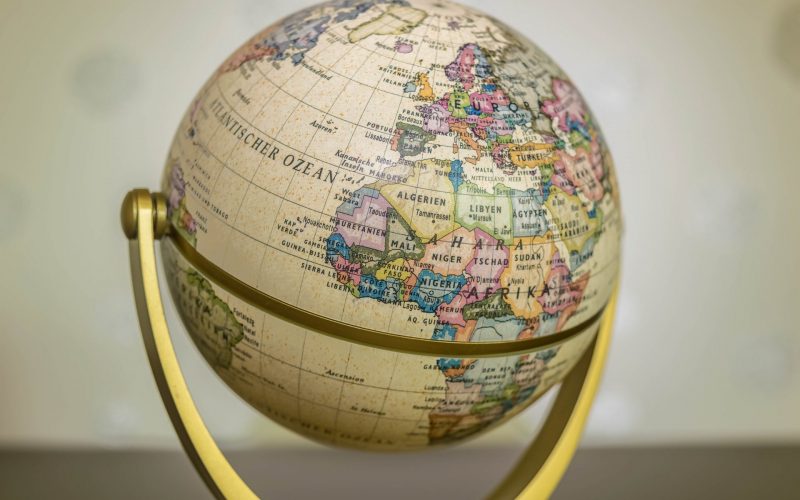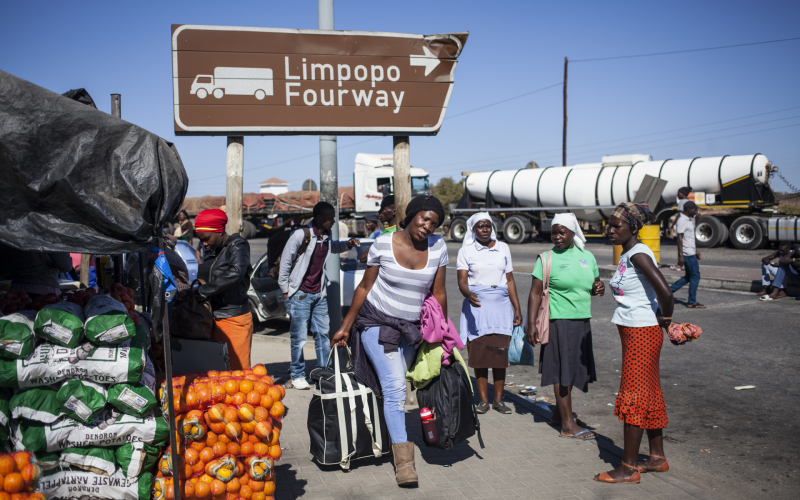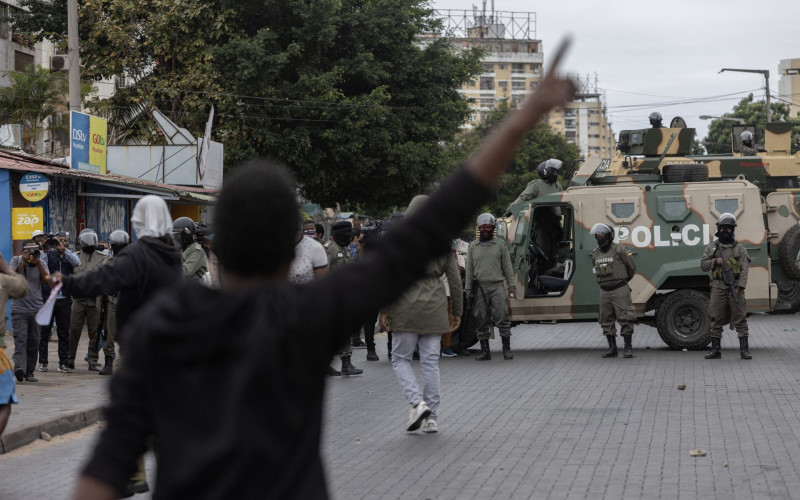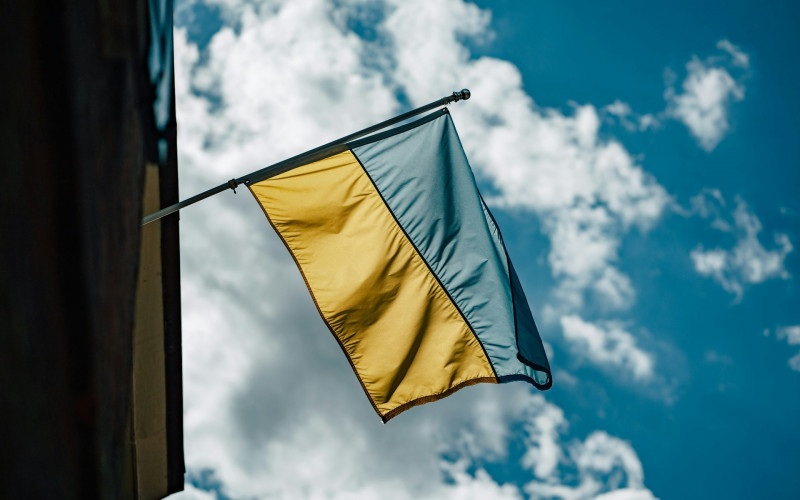THE United Nations Security Council voted unanimously on December 6 to establish a regional peacekeeping force for Somalia and to promote negotiations between conflicting elements in the country. Funding for the force was to be voluntary. In agreeing to a regional force and turning over responsibility for establishing the force to the African Union, the council took account of African sensitivities, which call for African solutions to African problems.
That is where the difficulties start. Is Somalia ready for peacekeeping? Probably not.
Where will the African troops come from? A good question.
The Transitional Federal Government of Somalia, which is generally characterised as “fragile”, has, with the aid of Ethiopian troops, succeeded in dislodging the Union of Islamic Courts , and driving its leaders and forces very quickly into the southern corner of the country.
Soon after Prime Minister Ali Mohammed Gedi moved from his government’s interim capital in Baidoa to Mogadishu, popular resentment of the presence of the Ethiopian forces in Somalia started to manifest itself.
Conscious of this problem, the Ethiopian Prime Minister Meles Zenawi indicated that his forces would withdraw from Somali “within two weeks”. If this happens that quickly, who will step in to fill the vacuum their departure will leave? No regional peacekeeping force can be assembled in two short weeks. What is the alternative? The warlords? Back to square one.
The reality is that individual members of the Islamic Courts’ forces cannot be contained in the south and will probably move among the civilian population to mount an insurgency.
Somalia has long had a turbulent history. Since independence in 1960 it has fought a war with Ethiopia over possession of the Ogaden region. Ethiopia won. General Mohammed Said Barre, who took power in a military coup in 1968, ruled until 1991. Since his overthrow, the country has been without a functioning central government. It descended into anarchy and violence.
Outside attempts to restore normality and establish a central authority failed. Between 1993 and 1995 various UN-approved operations to restore order and to feed the starving population were launched. None succeeded and the UN withdrew. After the shooting down of a US helicopter and the dragging of the bodies of US servicemen behind trucks through the streets of Mogadishu — the story told in the movie Black Hawk Down — the international community left the country to its own devices.
Since then Somalia has been under the control of a number of warlords, whose fighters roamed the streets in bakkies with machine guns mounted on the back —“technicals”, in local parlance.
A new element came on the scene in February 2006 when the Islamic Courts began taking control of the southern part of the country, including the capital, Mogadishu, which they reached in June. They imposed a restrictive, conservative social order, reminiscent of the Taliban, on the areas they controlled, but brought a degree of peace.
The transitional government’s action — which commenced in December 2006 with support from Ethiopian troops — concentrated Islamic Courts leaders and forces in the south of the country. The US used the opportunity to “eliminate” leading al-Qaeda figures who they believed were operating from there.
Regrettably, their action did not contribute to moving Somalia towards a solution to its own problems. It invited a predictable response from al-Qaeda , supporting and encouraging Islamist elements and created an opportunity for those who are hostile to the US to emphasise the loss of civilian lives in their condemnation of the US action.
It has had the further effect of associating the transitional government with the US and making it appear to side with forces considered “anti-Islamic”.
The speaker of the interim parliament, who had fallen out with the prime minister over his peace overtures to the Islamic Courts movement, has just been sacked.
All this will delay and complicate any possible political solution to the country’s larger problems.
Although a regional grouping, the Inter-Governmental Authority for Development met recently in Nairobi and created the framework for a peacekeeping force, to be known by the acronym of Igasom. The problem is to find troops. Which countries might supply troops? The neighbouring countries do not qualify. They have their own interests to promote or they are already involved in domestic or regional responsibilities or conflicts. Uganda and Sudan initially indicated a willingness to provide troops, but they have since backed away. And advisedly so.
The force needs 8000 troops, who are being sought from countries like South Africa, Tunisia, Zambia, Algeria, Mozambique, Tanzania and Rwanda, none of which directly border Somalia.
South Africa has already opted out because of its existing commitments in five other peace operations. Its attention has been focused on the problems in the Great Lakes region: Burundi, the Democratic Republic of Congo and Ivory Coast. Peacekeepers have been serving there, on the Ethiopia-Eritrea border and in Darfur. Somalia has not been high on South Africa’s agenda.
However, the attack on the Islamic Courts’ forces by Ethiopian troops in support of the transitional government created an entirely new situation requiring the urgent attention of the international community.
As a country that sees itself as having a role in the improvement of governance and the elimination of conflict in Africa, South Africa identifies itself as a participant in an effort to restore proper governance to Somalia. It would also want to prevent further hostilities through peacekeeping and in the UN Security Council.
But the cold reality indicates otherwise. The responsibility for the political aspects of conflict resolution has been taken by the regional inter- governmental body, and South Africa’s intrusion in the region would be neither expected nor welcome.
The decision on how to respond to the AU request for South African troops was left to the SA National Defence Force. The SANDF announced this week that it did not have troops available to take part in the mission.
But at the end of the day, the decision must be a political one. The politicians will have to decide whether they wish to find young South Africans who would be exposed to a dangerous situation in Somalia when their presence is not likely to provide the peace and stability that the world and Africa seek.
Until the leaders of the political factions there agree to start negotiations on the future of their country, and until a formal ceasefire has been concluded, there is no role for peacekeepers. Sending in troops now would be exposing them to the wrath of the warring parties, and to the same fate as their UN predecessors in the early ’90s.
More troubling is “Whither African solutions to African problems?” when one of the key African problems is that so many African states interfere in other states in conflict.
This happened in the DRC — with Zimbabwe, Angola, Uganda, Rwanda, Burundi and Namibia all becoming involved on one side or the other.
Now Somalia has entangled Eritrea, Egypt, Ethiopia, Sudan, Uganda, Kenya, Tanzania, Libya and others. How can an African peacekeeping force be mustered to intervene in a conflict in that kind of context?
That is the big, relevant question for Africa’s leaders: how can the behaviour of states be changed to ensure that conflict does not invite freelance interference that precludes peacekeeping intervention?

